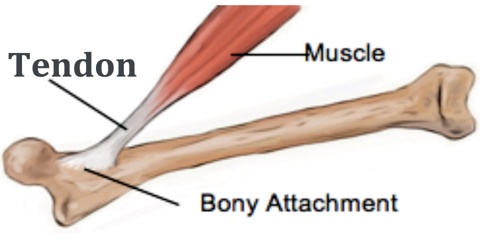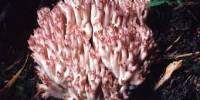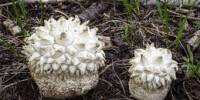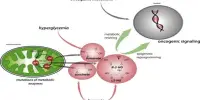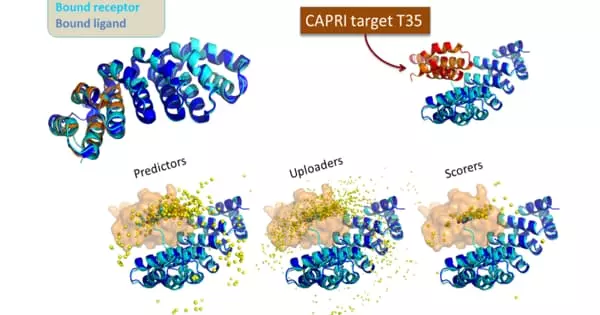Tendon
Definition
Tendon is a band of tough, fibrous, inelastic tissue that connects a muscle to a bone. Tendons are made chiefly of collagen. Ligaments join one bone to another bone, while tendons connect muscle to bone.Tendons are somewhat flexible, but tough. When a tendon becomes inflamed, the condition is referred to as tendonitis.
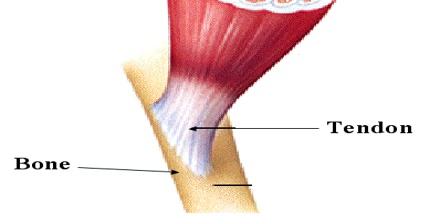
Tendons are parallel bundles of collagenous fibers sheathed in delicate fibroelastic connective tissue. Larger tendons contain a thin internal septum, a few blood vessels, and specialized stereognostic nerves. Tendons are extremely strong, flexible, and inelastic and occur in various lengths and thicknesses.
Tendon (in particular, beef tendon) is used as a food in some Asian cuisines (often served at yum cha or dim sum restaurants). One popular dish is suan bao niu jin, in which the tendon is marinated in garlic. It is also sometimes found in the Vietnamese noodle dish phở.
Structure and Functions of Tendon
Tendons are the connective tissues that transmit the mechanical force of muscle contraction to the bones; the tendon is firmly connected to muscle fibres at one end and to components of the bone at its other end. Tendons are remarkably strong, having one of the highest tensile strengths found among soft tissues. Their great strength, which is necessary for withstanding the stresses generated by muscular contraction, is attributed to the hierarchical structure, parallel orientation, and tissue composition of tendon fibres. The primary building blocks of tendons are collagen fibers. These fibers are very strong, flexible, and resistant to damage from pulling stresses. Collagen fibers are usually arranged in parallel bundles, which help multiply the strength of the individual fibers.
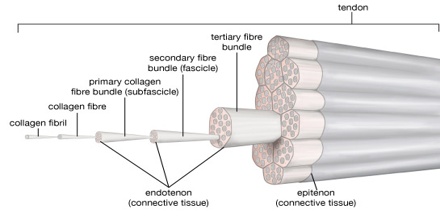
The structure of the tendon and the muscle are literally connected and intertwined. Deep inside a muscle are individual muscle fibers. Collagen, in conjunction with other types of connective tissue, forms very thin sheaths that keep the individual muscle fibers separate from each other. This layer is called the endomysium. ‘Endo-‘ translates to ‘within’, and ‘-mysium’ translates to ‘muscle’.
The primary cell types of tendons are the spindle-shaped tenocytes (fibrocytes) and tenoblasts (fibroblasts). Tenocytes are mature tendon cells that are found throughout the tendon structure, typically anchored to collagen fibres. Tenoblasts are spindle-shaped immature tendon cells that give rise to tenocytes. Tenoblasts typically occur in clusters, free from collagen fibres. They are highly proliferative and are involved in the synthesis of collagen and other components of the extracellular matrix.
Tendons move bones. Muscle fibers are wrapped up in bundles of a tissue called fascia. Those bundles of muscle are warped up in more bundles with fascia. Then those are warped up. Soon, mass of muscle all spindles down into the connective tissue of fascia called a tendon.
There are several types of tendons that perform different roles. Positional tendons are found in fingers and help in maintaining positions like writing and holding. Energy-storing tendons help with movement and in recovering and storing energy efficiently. Tendons have different shapes depending on their placement. They can be flat, wide, ribbon shaped, circular or fan shaped.
Reference: britannica.com, study.com, dictionary.com, wikipedia.
